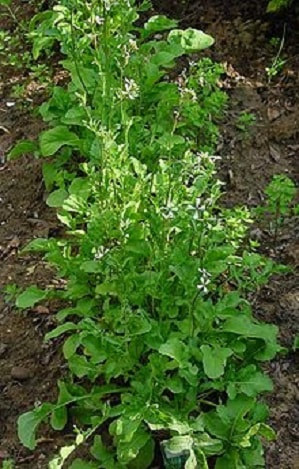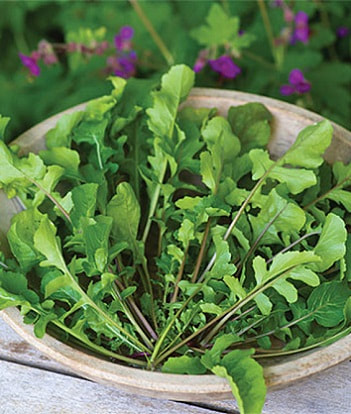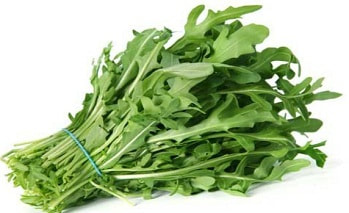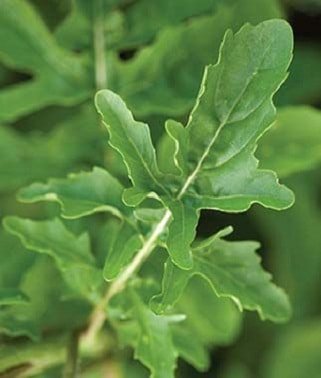|
“I’m just a dandelion,” sang the Cowardly Lion, though he was neither an edible green nor, when push came to shove, cowardly. Now that spring has finally come for her annual visit we have fields of cheerful young dandelions and their cousin arugula to keep us hopeful when our host of daffodils begins to wane. Proud gardeners may not appreciate them properly, but local farmers and their well-eating supporters at our market recognize the appeal of the fresh peppery flavor of tender young arugula, watercress and mustard greens for the zest and backbite they bring to the salad bowl. Despite their similarities, dandelions and arugula are different plants, the first related to sunflowers, asters and daisies, while arugula is a very far-flung member of the mustard family. Mustard greens and watercress are likewise members of mustard’s ancestors and are thought to have originated in Western and Central Asia up into the Himalayas. Arugula, by all its many names such as rocket, ricola, Lincoln Weed, rugula, rock weed and roquette, is native to and common around the Mediterranean from Morocco and Portugal to Syria, Lebanon and Turkey. Dandelions appear to have roots in all of Eurasia and North and South America, strangely bypassing Africa. Early and modern Italians seem to use arugula and dandelions interchangeably. Both have a sharp, zesty flavor and share a similar leaf construction and both are particularly popular in Italy and France. As both cultures can claim world-class cuisines, it’s a safe bet that they’re on to something here. After the long winter, finding a simple way to spice up a salad bowl is a great treat. Salads are usually very accommodating of a diverse group of components. An old Roman saying alleges that it takes four people to make a salad: A wise one to season it; A miser to measure the vinegar; A spendthrift to measure the oil; and A lunatic to toss it. With such wisdom at their beck and call, one could wonder how the Roman Empire fell. Maybe they stopped eating their greens. All of these tender greens are at their biting best before they’ve become world weary. Then again, who isn’t? As with so many bright young greens there is an endless list of ways to use these. While the obvious first choice is in salads, arugula makes a wonderful pesto and pasta sauce as well. Today’s recipe is Arugula with Feta and Cranberries. Combines the peppery perk of arugula with briny taste of Feta cheese and the sweet tartness of dried cranberries. Don’t forget to check the website for past arugula recipes. There are many options from various contributors just waiting for your attention. That would include an Arugula Risotto that I’ve been making for so long, I no longer remember its origins. I never, however, forget how much I love it.
1 Comment
Megan Boyd
5/31/2018 08:54:33 am
Love the dandelion recipe ideas!!!
Reply
Leave a Reply. |




